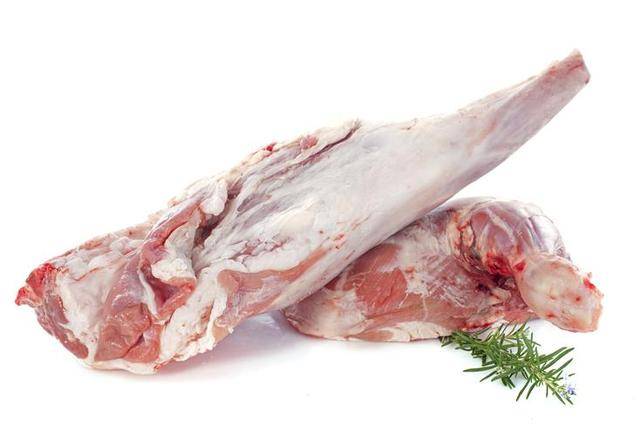With the acceleration of modern life and changes in dietary structure, the issue of high uric acid has gradually attracted people’s attention. Uric acid is a substance produced in the body’s metabolism process, and when uric acid excretion is reduced or production is increased, it can lead to hyperuricemia. Hyperuricemia can not only trigger gout but also damage kidney function.
Therefore, for people with high uric acid levels, dietary adjustments are especially important. Among them, lamb, as a high-purine food, is often mentioned as one of the foods that high uric acid patients should avoid. Besides lamb, what other foods should be consumed in moderation? Let’s hear the doctor’s advice.
Firstly, it is important to note that having high uric acid does not mean one should completely avoid lamb. Lamb is a nutrient-rich ingredient, and moderate consumption is beneficial for the body.
However, for those already dealing with high uric acid issues, the purine substances in lamb may exacerbate uric acid accumulation, affecting kidney health. Therefore, doctors recommend that those with high uric acid should moderate their diet and especially avoid high-purine foods.
So, besides lamb, what other foods should high uric acid patients try to avoid?
The first category is seafood. Seafood such as shrimp, crab, and shellfish, while delicious, have high purine content. Prolonged consumption of these foods can elevate uric acid levels, increasing the burden on the kidneys. Therefore, high uric acid patients should reduce seafood intake as much as possible.
The second category is animal organs. Animal organs like liver, kidney, and brain, while nutritionally rich, also contain high purine levels. These foods produce a large amount of uric acid during metabolism, which is not conducive to controlling the condition for high uric acid patients. Therefore, high uric acid patients should avoid or consume animal organs sparingly.
The third category is legumes and their products. Legumes such as soybeans, mung beans, and black beans, while rich in protein and dietary fiber, also have relatively high purine content. Excessive consumption of legumes and their products by high uric acid patients like tofu and soy milk can worsen uric acid accumulation. Therefore, it is recommended for high uric acid patients to consume legumes in moderation and control their consumption.
The fourth category is certain vegetables. Although vegetables are essential for a healthy diet, some vegetables like spinach, asparagus, and mushrooms also contain purines. When choosing vegetables, high uric acid patients should try to avoid these high-purine vegetables and opt for low-purine vegetables like cucumbers, tomatoes, and radishes.
In addition to avoiding the above-mentioned foods, patients with high uric acid should increase their water intake to promote uric acid excretion. Moreover, maintaining regular exercise to enhance metabolic capacity can also help control uric acid levels. Regular monitoring of uric acid levels, timely adjustment of diet and lifestyle habits, are important measures for preventing high uric acid and related diseases.
In conclusion, having high uric acid levels does not mean completely avoiding lamb or other high-purine foods, but patients need to adjust their dietary structure according to their own circumstances. By avoiding or reducing the intake of high-purine foods, increasing the consumption of low-purine foods, and maintaining healthy lifestyle habits, patients with high uric acid levels can effectively control their condition and protect kidney health.


